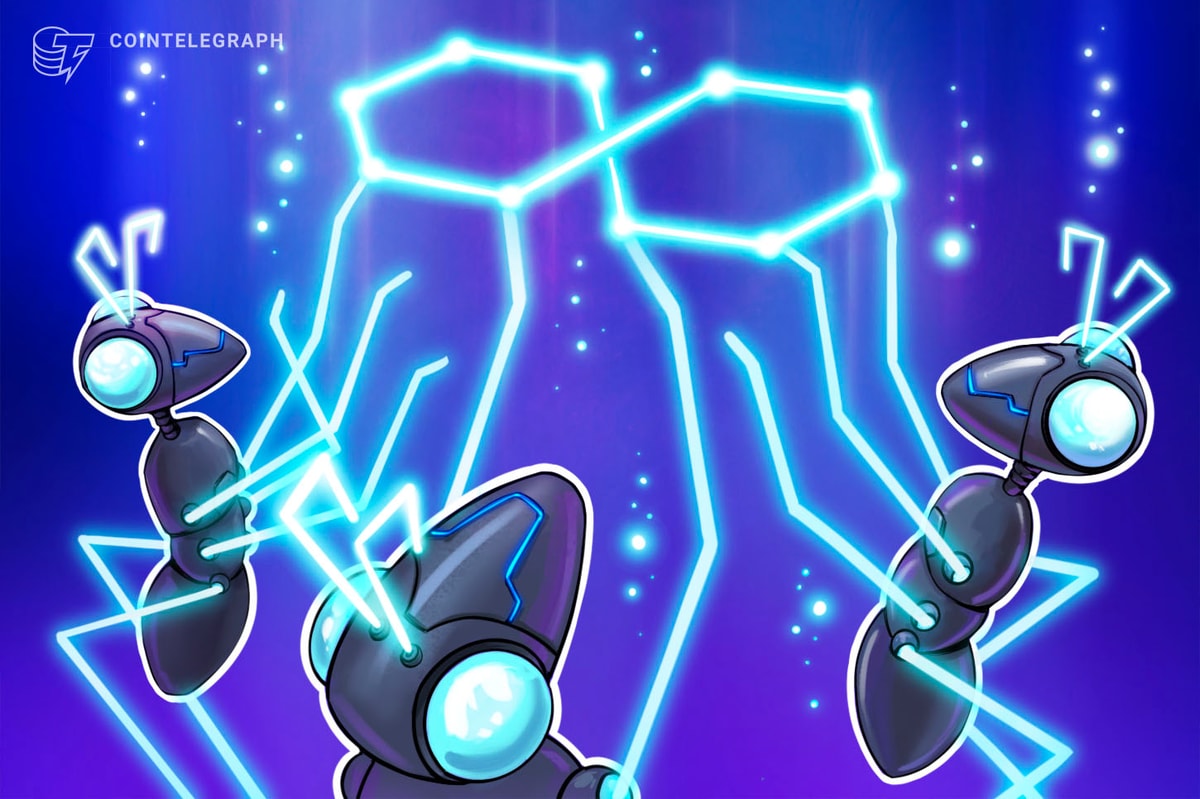
Stablecoins have been under much scrutiny since the implosion of the third-largest stablecoin by market cap, TerraUSD (UST), in May 2022. The UST saga led to a lot of skepticism that caused consumers to question the safety of stablecoins.
In the seventh episode of Hashing It Out, Cointelegraph’s Elisha Owusu Akyaw (GhCryptoGuy) interviews Paolo Ardoino, Tether’s chief technology officer, about how stablecoins work, and the two discuss frequently asked questions about stable tokens.
Fear, uncertainty and doubt (FUD) rocked the boats of stablecoin issuers after TerraUSD depegged in 2022. Tether was one such issuer at the receiving end of the FUD. Ardoino claimed that some of the FUD was being spread privately and publicly by competitors. Nevertheless, the Tether chief technology officer said that the FUD only served to improve trust between consumers and the company.
“I like the FUD so much because we can respond to it with facts.”
One such fact was the ability of the company to withstand the pressure that came as a result of panic in the market. Ardoino pointed out that Tether was able to process $7 billion in redemptions in 48 hours, which was 10% of the company’s reserves. According to him, it was an achievement that will be recorded in the history books of global finance.
On how to ensure that the industry does not again end up in a situation similar to what happened with TerraUSD, Ardoino argued that developers should stick to making stablecoins the traditional way and avoid the more experimental algorithm-based method. He believes that algorithmic stablecoins are inefficient and unsafe. Related: Bitcoin advocate Najah Roberts explains why BTC is a tool for empowerment Furthermore, Ardoino mentioned that algorithmic stablecoins might work only in instances where the stablecoin is heavily collateralized with more proven cryptocurrencies like Bitcoin (BTC) instead of cryptocurrencies issued by the same developers building the stablecoin. “The problem with Terra was that their backing was a token they also created. Tether’s backing is the U.S. treasury bills, is the U.S. economy, so you cannot have traders attacking us because we have all the reserves.” In the episode, the two also discuss: Listen to the full episode on Spotify, Apple Podcasts, Google Podcasts, or TuneIn to get all the insights on stablecoins and Tether. You can also check out Cointelegraph’s catalog of shows on the new Cointelegraph Podcasts page.
Read More: cointelegraph.com









 MATH
MATH  Dimitra
Dimitra  Alchemix
Alchemix  Bitgert
Bitgert  Sceptre Staked FLR
Sceptre Staked FLR  Aavegotchi
Aavegotchi  Coinweb
Coinweb  Camino Network
Camino Network  Pikaboss
Pikaboss  MetaMUI
MetaMUI  IDEX
IDEX  PIXL
PIXL  Maple
Maple  Gems VIP
Gems VIP  Polkastarter
Polkastarter  ECOx
ECOx  DexTools
DexTools  pSTAKE Finance
pSTAKE Finance  AstraAI
AstraAI  Dexalot
Dexalot  HERBCOIN
HERBCOIN  Department Of Government Efficiency
Department Of Government Efficiency  Realio Network Token
Realio Network Token  Alkimi
Alkimi  Tutorial
Tutorial  Book of Ethereum
Book of Ethereum  Bubblemaps
Bubblemaps  Incrypt
Incrypt  Sleepless AI
Sleepless AI  RAMP [OLD]
RAMP [OLD]  Dragonchain
Dragonchain  Swell
Swell  OG Fan Token
OG Fan Token  GoGoPool ggAVAX
GoGoPool ggAVAX  Flamingo Finance
Flamingo Finance  BiLira
BiLira  Lido Staked SOL
Lido Staked SOL  Abster
Abster  Coinmetro
Coinmetro  Catizen
Catizen  Berachain Staked ETH
Berachain Staked ETH  Maya Protocol
Maya Protocol  IMO
IMO  district0x
district0x  Mango
Mango  Vertex
Vertex  Gnosis xDai Bridged WETH (Gnosis Chain)
Gnosis xDai Bridged WETH (Gnosis Chain)  WATCoin
WATCoin  Electronic USD
Electronic USD